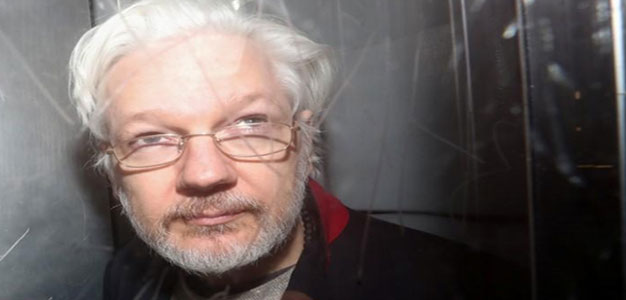
I went to the Old Bailey today expecting to be awed by the majesty of the law, and left revolted by the sordid administration of injustice.
There is a romance which attaches to the Old Bailey. The name of course means fortified enclosure and it occupies a millennia old footprint on the edge of London’s ancient city wall. It is the site of the medieval Newgate Prison, and formal trials have taken place at the Old Bailey for at least 500 years, numbering in the hundreds of thousands. For the majority of that time, those convicted even of minor offences of theft were taken out and executed in the alleyway outside. It is believed that hundreds, perhaps thousands, lie buried under the pavements.
The hefty Gothic architecture of the current grand building dates back no further than 1905, and round the back and sides of that is wrapped some horrible cheap utility building from the 1930’s. It was through a tunnelled entrance into this portion that five of us, Julian’s nominated family and friends, made our nervous way this morning. We were shown to Court 10 up many stairs that seemed like the back entrance to a particularly unloved works canteen. Tiles were chipped, walls were filthy and flakes of paint hung down from crumbling ceilings. Only the security cameras watching us were new – so new, in fact, that little piles of plaster and brick dust lay under each.
Court 10 appeared to be a fairly bright and open modern box, with pleasant light woodwork, jammed as a mezzanine inside a great vault of the old building. A massive arch intruded incongruously into the space and was obviously damp, sheets of delaminating white paint drooping down from it like flags of forlorn surrender. The dock in which Julian would be held still had a bulletproof glass screen in front, like Belmarsh, but it was not boxed in. There was no top to the screen, no low ceiling, so sound could flow freely over and Julian seemed much more in the court. It also had many more and wider slits than the notorious Belmarsh Box, and Julian was able to communicate quite readily and freely through them with his lawyers, which this time he was not prevented from doing.
Rather to our surprise, nobody else was allowed into the public gallery of court 10 but us five. Others like John Pilger and Kristin Hrafnsson, editor in chief of Wikileaks, were shunted into the adjacent court 9 where a very small number were permitted to squint at a tiny screen, on which the sound was so inaudible John Pilger simply left. Many others who had expected to attend, such as Amnesty International and Reporters Without Borders, were simply excluded, as were MPs from the German federal parliament (both the German MPs and Reporters Without Borders at least later got access to the inadequate video following strong representations from the German Embassy).
The reason given that only five of us were allowed in the public gallery of some 40 seats was social distancing; except we were allowed to all sit together in consecutive seats in the front row. The two rows behind us remained completely empty…
Continue Reading